Chint Residual Current Circuit Breaker 4 Pole (NXBLE63) 30mA (25,32,40 Amp) > Automation & Controls

Residual Current Operated Circuit Breaker (YMWB8LE63) China Protector and Electronic
Residual current circuit breaker (RCCB) is a switch that can act automatically when the leakage current in the circuit exceeds a predetermined value. The common residual current circuit breakers are divided into voltage type and current type, while current type is divided into electromagnetic type and electronic type.
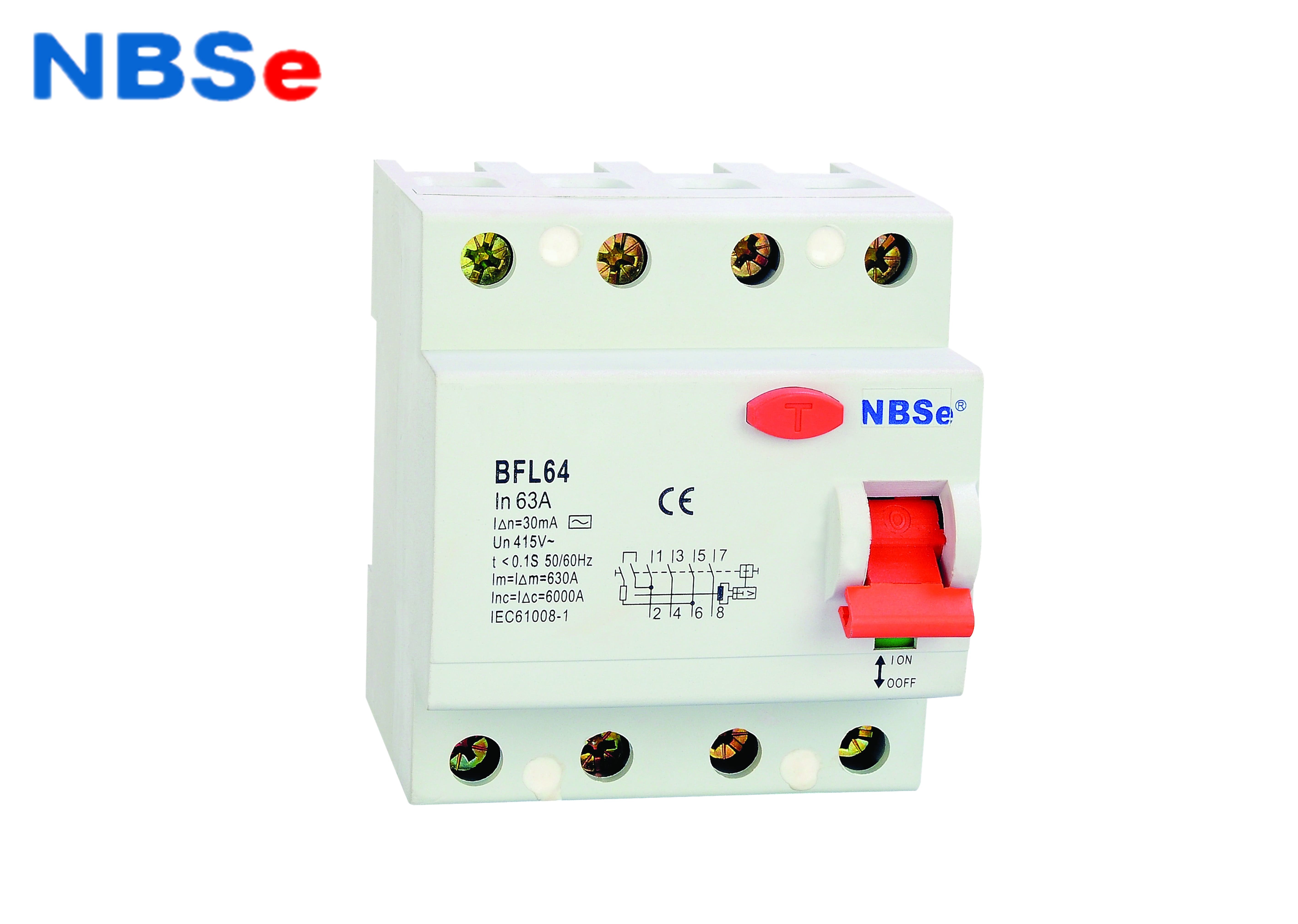
NBSe BFL Series Residual Current Circuit Breaker Type RCD Protected
Residual Current Devices help protect people and equipment against electrical shocks caused by indirect contact. RCDs work together with Miniature Circuit Breakers (MCB) or fuses, covering the whole system against potentially damaging thermal and dynamic stresses of any overcurrent. F200 series ground fault equipment protection (GFEPs) are.
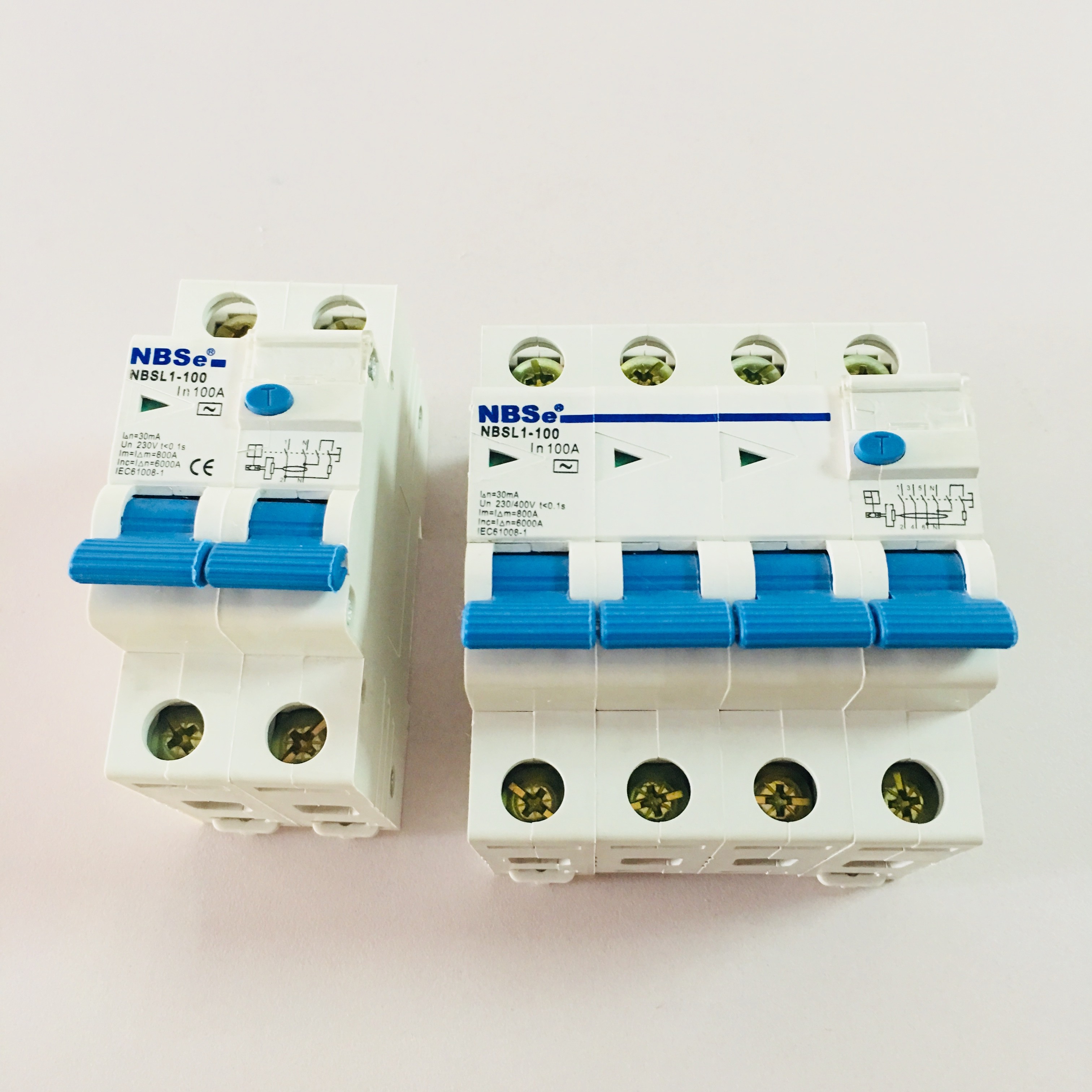
NBSe 2 Pole Residual Current Circuit Breaker NBSL1100 Series Small Volume
A residual-current device ( RCD ), residual-current circuit breaker ( RCCB) or ground fault circuit interrupter ( GFCI) [a] is an electrical safety device that quickly breaks an electrical circuit with leakage current to ground. It is to protect equipment and to reduce the risk of serious harm from an ongoing electric shock. [1]

Easy9 Residual Current Circuit Breaker 4P 25 A 30 mA AC type 400 V EZ9R34425
A residual current operated circuit-breaker without integral overcurrent protection is a type of residual current device which is not equipped with integral overcurrent protection. The RCCB must therefore be protected against both overloads and short-circuits by overcurrent protection devices, which are circuit-breakers and fuses.
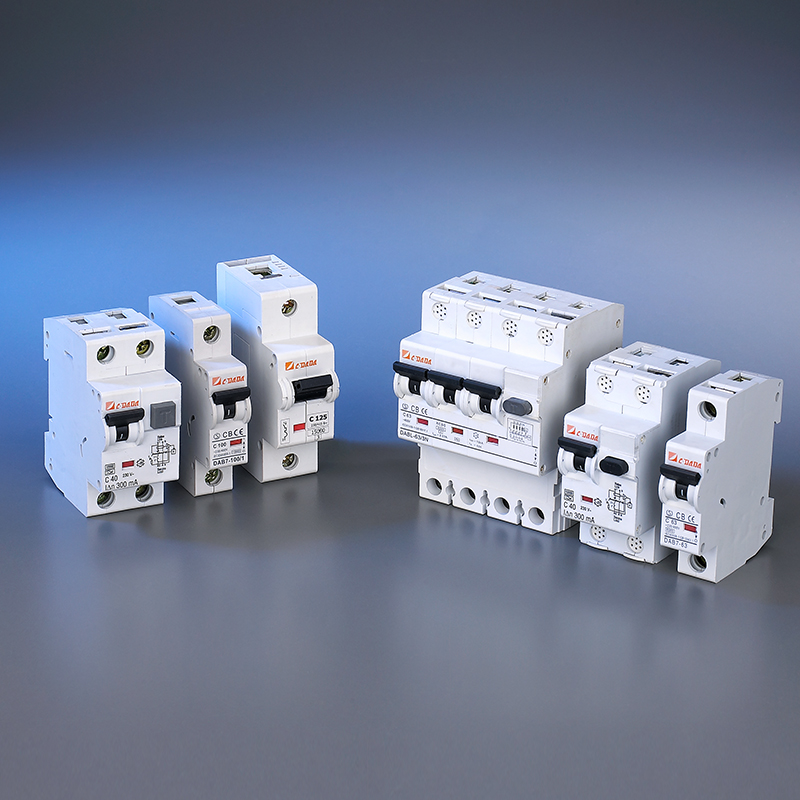
Residual current circuit breaker with overcurrent protection(RCBO)
A Residual Current Circuit Breaker (RCCB) is essentially a current sensing device used to protect a low voltage circuit in case of a fault. It contains a switch device that switches off whenever a fault occurs in the connected circuit. Purpose of RCCB

NB310L(3PN) Residual Current Operated Circuit BreakerChint Circuit Breaker
A residual current circuit breaker (RCCB) is an electrical safety device that detects and interrupts an electrical circuit when there is a leakage current to the ground. It protects people and equipment from electric shocks, fires, and other hazards caused by faulty wiring, insulation failure, or accidental contact with live parts.

Residual Current Circuit Breaker RCBO China RCBO and RCD
The Residual Current Circuit breaker RCCBs are the safest device to detect and trip against electrical leakage currents, thus ensuring protection against electric shock caused by indirect contacts.
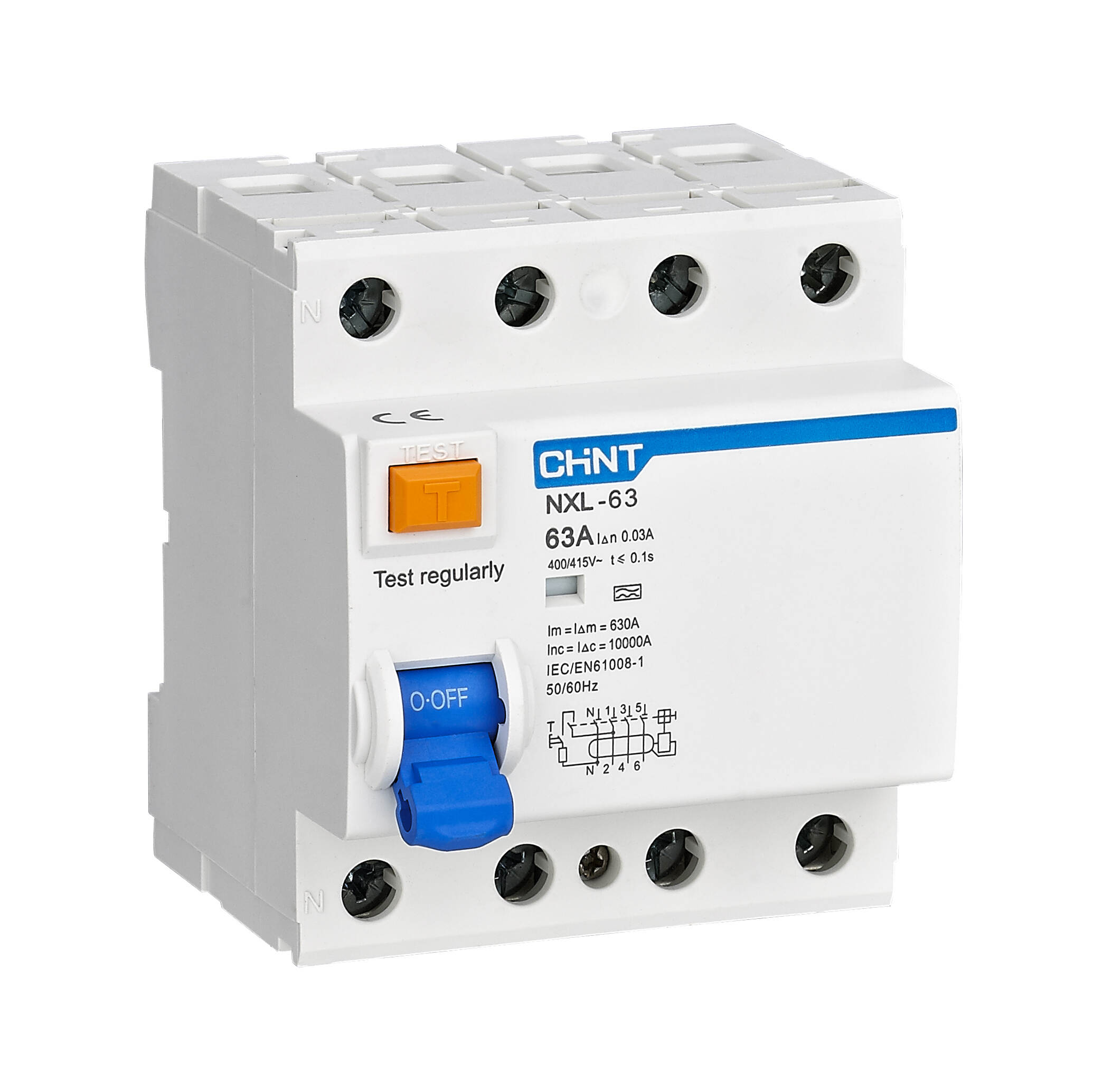
NXL63 Residual Current Operated Circuit Breaker CHINT
An RCCB (Residual Current Circuit Breaker) is a type of circuit breaker that is used to protect against electrical shocks. It is designed to break the circuit when there is a leakage in the current flowing through the circuit. This difference can be caused by a fault in the circuit or by a person touching a live wire.

Chint Residual Current Circuit Breaker 4 Pole (NXBLE63) 30mA (25,32,40 Amp) > Automation & Controls
A Residual Current Circuit Breaker (RCCB) is an important safety measure when it comes to protection of electrical circuits. It is a current sensing device, which can automatically measure and disconnect the circuit whenever a fault occurs in the connected circuit or the current exceeds the rated sensitivity.

Chint Residual Current Circuit Breaker 2 Pole (NXBLE63) 30mA (63 Amp) > Automation & Controls
Residual Current Circuit Breaker with Over Current Protection (RCBOs) The range designed to ensure efficiency and protection RCBOs are commonly used in applications where there is the need to combine protection against overcurrents (overload and short-circuit) and protection against earth leakage currents.
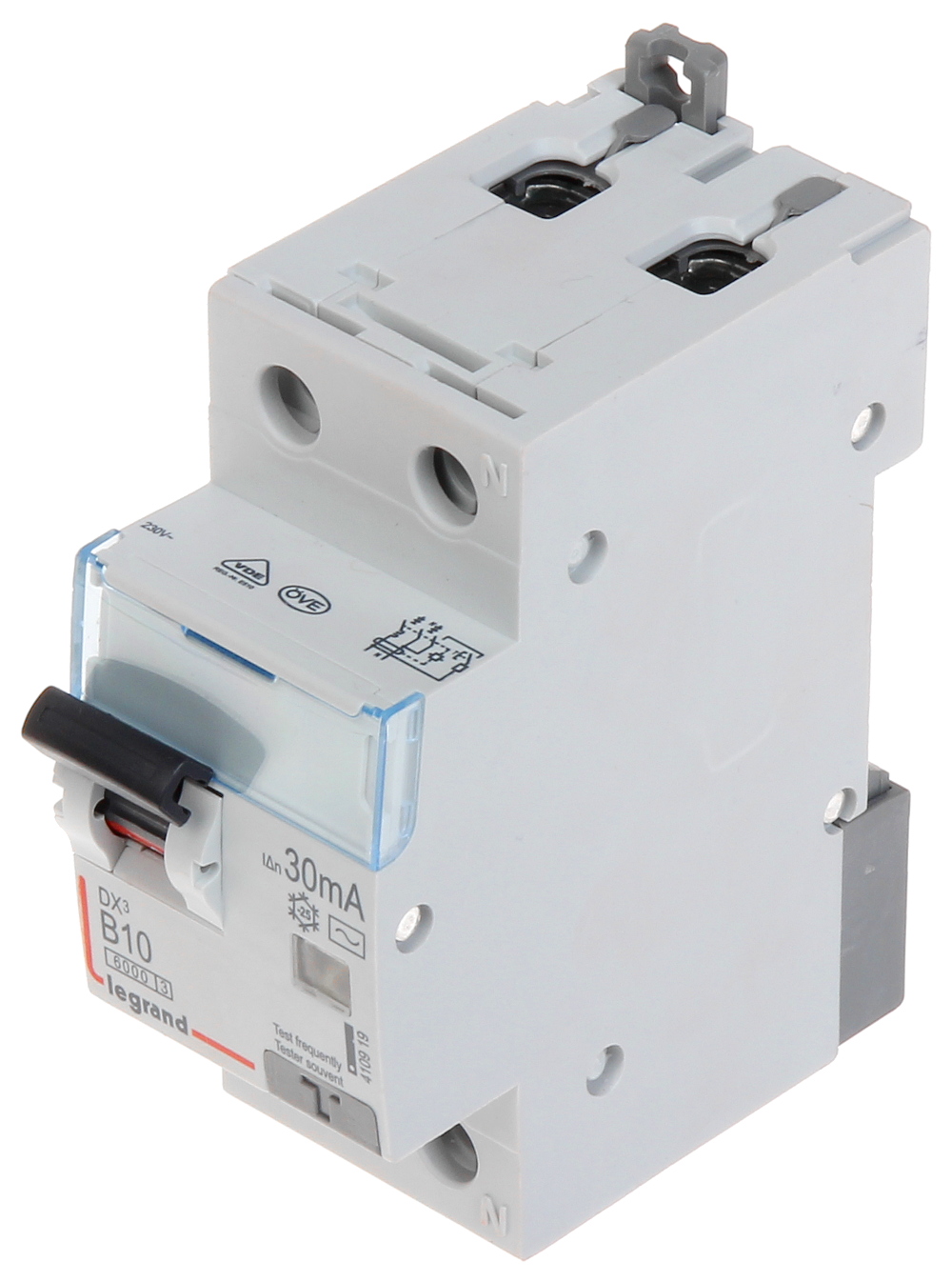
RESIDUAL CURRENT CIRCUIT BREAKER LE410919 ONEPHASE, Residual Current Circuit Breakers
A residual current circuit breaker (RCCB) detects earth leakage in a circuit. It monitors the difference between the current flowing through the phase and neutral wires. When there is an imbalance, it trips to protect against electrical hazards. This article covers an RCCBs design, working principle, types, and advantages and disadvantages.

ABB 400 W Residual Current Circuit Breaker at Rs 800/piece in Rajkot ID 6303519155
The residual current device (RCD) or residual current circuit breaker (RCCB) enables the rapid disconnection of electricity, thereby avoiding prolonged and potentially serious shocks. An RCD device complete with overcurrent protection is called an RCBO, or residual current circuit breaker with overcurrent protection.
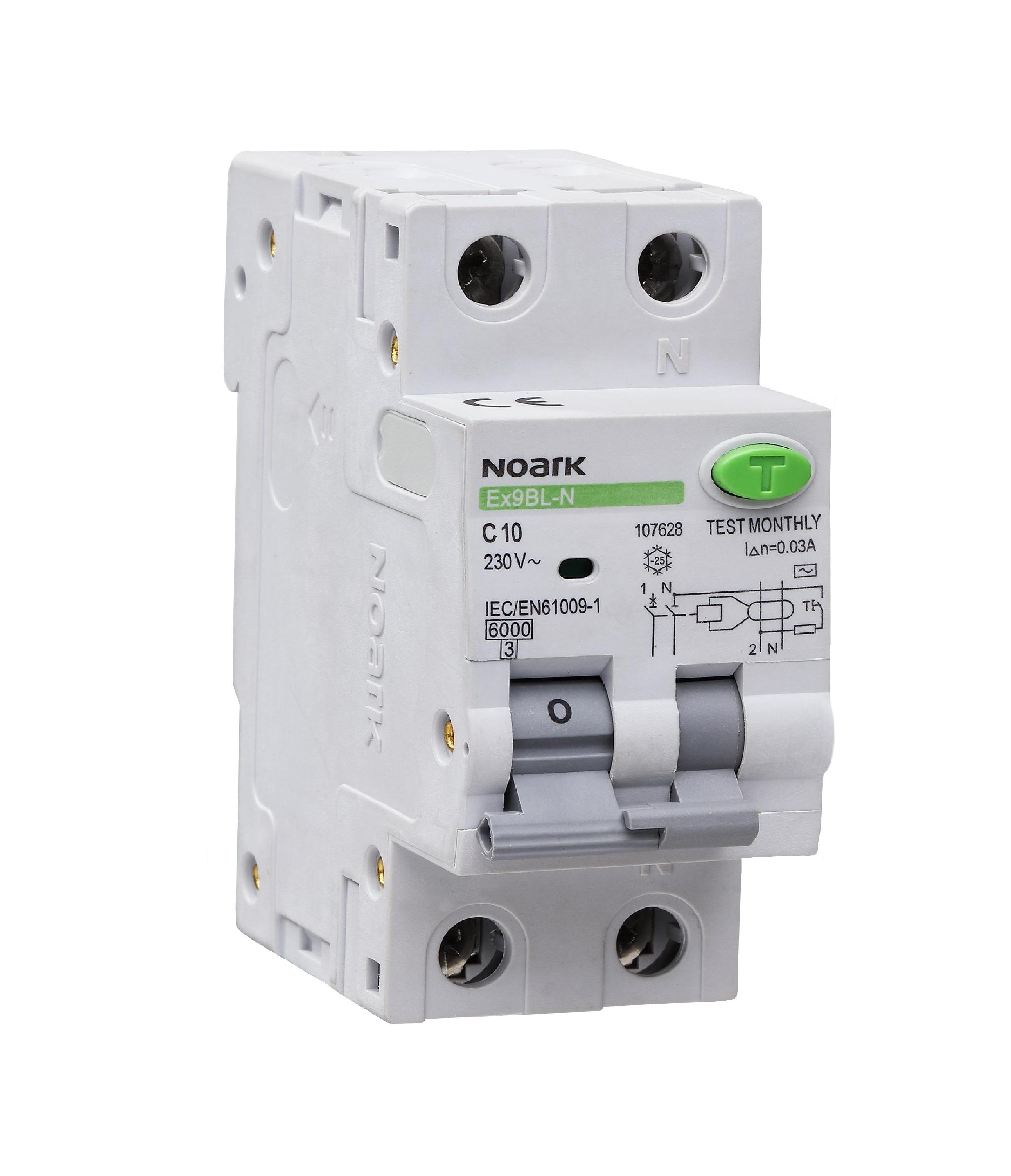
Residual Current circuit Breakers with Overload protection Ex9BL (RCBO)
A Residual Current Circuit Breaker, commonly known as an RCCB or an RCD (Residual Current Device), is an electrical device designed to protect against electrical shocks and ground faults. It detects the imbalance of current flowing between the live and neutral conductors and interrupts the circuit when a fault is detected.

1+N Pole Residual Current Circuit Breaker NBSB663LM Series RCCB 2P CL.AC TYPE
Residual current circuit breaker with overload protection (RCBO) This is a residual current device that has an MCB built in to it. Effectively, the RCBO is the equivalent of an RCCB + MCB. The main functions that an RCBO is able to provide are: Protection against earth fault currents;

RCCB Residual Current Circuit Breaker BCH Electric
In Europe, these are better known by their initials RCD, and an RCD + MCB (Miniature Circuit Breaker) is known as a Residual Current Circuit Breaker (RCBO) with over-current protection. In the United States, the device is more commonly known as a ground fault circuit interrupter (GFCI), ground fault interrupter (GFI), or a leakage current.

Residual Current Circuit Breaker, RCCB, ELCB, AC Type RTF1l63 2pole China
Residual-current devices (RCDs) and Ground-fault interrupters (GFIs) by Chris Woodford. Last updated: January 6, 2022. Electricity is amazingly useful—but it can be amazingly dangerous too! Did you know that it takes only a fifth of a second for a strong electric current flowing through your heart to kill you?